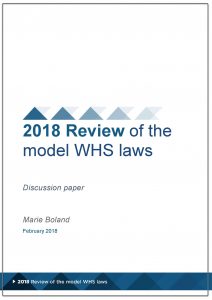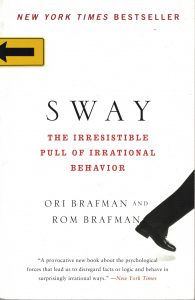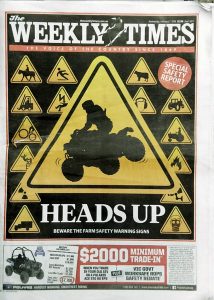 The annual Safety Institute of Australia (SIA) breakfast was held in conjunction with Herbert Smith Freehills (HSF) law firm on 21 February 2018. This year the audience heard from two representatives of WorkSafe Victoria – Marnie Williams, the Executive Director and Paul Fowler, the Director of the Enforcement Group.
The annual Safety Institute of Australia (SIA) breakfast was held in conjunction with Herbert Smith Freehills (HSF) law firm on 21 February 2018. This year the audience heard from two representatives of WorkSafe Victoria – Marnie Williams, the Executive Director and Paul Fowler, the Director of the Enforcement Group.
The WorkSafe presentations were interesting but included what was largely expected – an introduction to the recent Independent Review report and a reiteration of the WorkSafe Strategy 2030. (More on WorkSafe’s presentation in the next article)
Some of the more thought-provoking content came from HSF’s Steve Bell. He presented several issues and perspectives for consideration.


 In 2016,
In 2016, 
 In 2008 the brothers Brafman wrote “
In 2008 the brothers Brafman wrote “